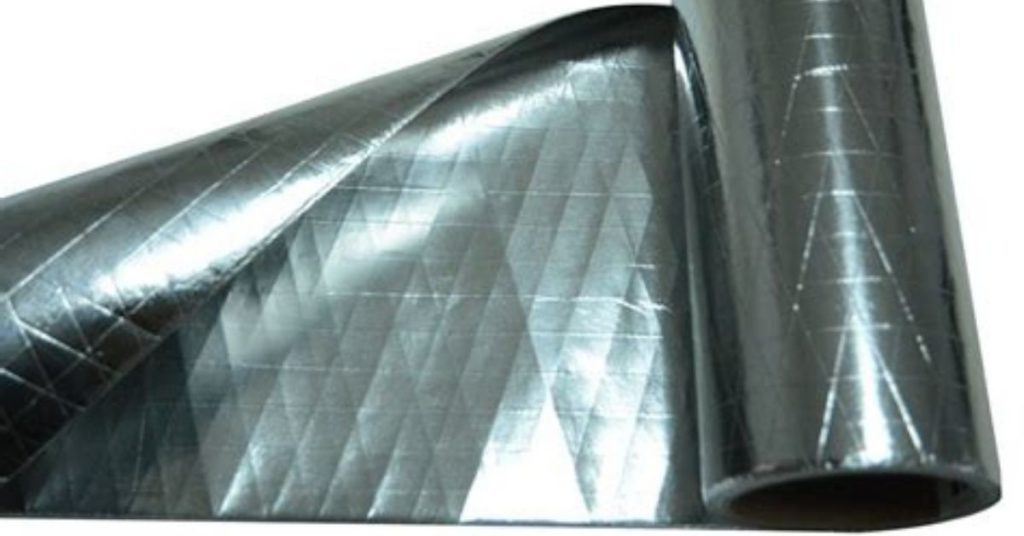Rooftop tents are one of the most versatile camping options for almost any season, but if you have one you might notice that they can get quite cold over winter. To help you enjoy your rooftop tent during all seasons of the year we have compiled the ultimate guide to rooftop tent insulation.
This will help make the most out of your rooftop tent and ensure you never have to worry about the weather again!
Are Rooftop Tents Insulated?
Rooftop tents are not insulated. Generally, they are made with materials designed more to prevent damage like nylon and poly-cotton and will not be very effective at keeping you warm. In saying this you should find that rooftop tents will be warmer than a standard tent as your vehicle provides partial insulation from the cold, hard ground.
If you haven’t brought your rooftop tent yet but are looking for one that will be able to handle the winter you may find it better to buy a hard-shell, four-season tent.
- A hard shell is thicker and will prevent extra heat from being lost from the tent compared to softer, fabric shells.
- A four-season rooftop tent may be more expensive than the standard 3-season option. However, these tents are designed to withstand stronger winds and heavier snowfalls. Purchasing a four-season rooftop tent can dramatically increase your comfort over the winter months.
In order to fully enjoy your winter camping, you will want to consider insulating your tent. Insulation will help you trap heat and stay warmer inside the tent by trapping the heat and not allowing it to escape through the fabric. Insulation can also stop condensation from forming on the floor of the tent which will keep you warmer and your bedding and belongings dryer.
You may also be able to buy second-hand rooftop tents that have been insulated from those who have already modified their tents however these will be rare and may be more expensive than simply installing insulation to your own rooftop tent.
How to Keep Your Rooftop Tent Warm
There are loads of strategies you can use to keep your tent warm. While insulation is the most effective strategy, we will list a few alternatives for those who are looking for more options or multiple strategies to keep the cold out.
- Keep the door closed as much as possible: when you settle in for the night try to avoid moving in and out of the tent. Opening the door of the tent is one of the easiest ways to rapidly lose heat from the tent.
- Buy a floor mat: a floor mat can add an extra layer of warmth and comfort between you and the floor. It’s best to buy a high-quality mat which may cost you more but will be well worth the investment for your comfort.
- Buy a high-quality sleeping bag: a good sleeping bag is one of the most versatile strategies you can impose to increase your comfort camping throughout the winter. A sleeping bag is one of the most important pieces of equipment for camping so we have no doubt you will thank us for this advice later!
- Use an annex to shield you from the elements: if you haven’t brought your rooftop tents be sure to consider buying one with an annex. An annex can protect you from sun, wind, and rain and is an essential component of sheltering your rooftop tent which will help keep you warmer and dryer inside the tent.
- Be thoughtful of where you set up: when you pick the spot you intend to set up your tent think about how sheltered it is. Trees and natural rock formations can be excellent shelter for your tent, blocking out harsh winds and rain with no real intervention on your part. This is one of the simplest ways to ensure you stay warm, dry, and protected as you camp.
- Buy a hardtop tent: most of the heat inside your tent will escape from the roof. When purchasing your tent consider what options offer a thicker or hardtop as these will dramatically increase the temperature inside of your tent.
- Buy a high-quality camping heater: these have come a long way in recent years. Gone are the days when heaters and tents were a fatal combination!
Camping suppliers have put a lot of effort into developing heaters that are safe to use on the inside of tents. You should still limit yourself to buying from a reputable brand like ‘Mr Heater’ and only use heaters specifically marketed for use in tents to ensure your safety.
Gas and propane heaters are also less ideal than electric ones as they have greater potential for you to get hurt. Also, before you invest in a heater consider the size of your rooftop tent, you will need to move around comfortably and avoid any fabrics from being held against the heater, and for some smaller tents, this may not be a feasible option.
Choosing Your Insulation

There are plenty of insulation options available that work for all different budgets, including some that could even use materials you may already have floating around your house.
If you are considering insulating your tent, the roof will be the most important part to insulate. Hot air rises and most of the heat will be lost through your roof. The floor is the next thing you should consider as this is where condensation will form if the tent’s temperature is higher than the temperature outside.
Walls are least important in terms of trapping the heat but if you are looking for maximum results and decide to buy official insulation you could easily insulate them for full comfort in the tent.
There are also two main types of insulation you can use for your rooftop tent, these are internal and external.
- Internal: this type of insulation is installed on the inside of the tent. It will be more effective at trapping the heat inside of the tent as less heat will escape through the tent’s fabric. However, this style of insulation will decrease the amount of space inside your tent so before you buy it you should consider whether you have the room to spare in the tent.
- External: this option will still work but is less effective for trapping heat. It does have the advantage of having no impact on the space inside of the tent so if you are already tight on space inside the tent this may be a better option for your needs.
You can install both internal and external insulation for extra protection for your tent but this will be expensive and most people report that one layer of insulation is effective enough for their comfort when camping in the winter.
If price is an issue, you can repurpose heavy blankets (especially space or emergency blankets) and hang them in your tent using carpeting tape. You could also use a wool or polyester blanket as a temporary carpet to increase the heat and comfort of your bedding.
This can provide a more temporary alternative to those who do not camp often in the winter or simply a thriftier solution to the problem.
If price is no object there are plenty of high-quality insulation products available on the market. We highly encourage you to invest as much as possible in your insulation and aim to buy from reputable brands like iKamper and Thule Thepi.
These options will provide the best possible results and value for money and are well worth the extra investment. There are many raving reviews from winter campers who agree that these are amazing at improving your comfort and protection from the elements even in the most severe conditions.
How to Install Your Insulation
How you install the insulation will depend on two major factors. Firstly, do you want the isolation to be internal or external? Secondly, is the insulation going to be permanent or temporary?
For temporary internal insulation, you can use a soft wool or polyester blanket spread across the floor to limit condensation and give you an extra layer of protection and warmth between you and the roof of your vehicle.
You can also cut insulation foam to size and place it down between the tent and your vehicle to achieve a similar effect from the exterior of the tent. You can also tape blankets (thermal rescue or space blankets will be best) to the roof of your tent as another form of temporary insolation.
If you are looking for more permeant internal insulation, carpet tape should cover most of your needs. You can attach this tape to the bottom of your isolation and it will provide a strong, permeant grip to the inside of your tent.
This strategy will not work for external insulation as the carpet tape is not designed to work after being repeatedly wet, and may not be strong enough for the strong winds that will lash the outside of your tent over the winter.
For external insulation, you will need to check the manufacturer’s recommendations surround appropriate adhesives. You will need stronger glues and adhesives that are designed for more stress from winds and are water-resistant as this insolation will be exposed to stronger weather conditions being on the outside of the tent.
Some brands of insulation such as iKamper will be designed to be fitted to your tent by attaching to the existing zippers and anchor points. If you are looking for easy-to-install insolation and have room in the budget ordering from this or other camping brands can save you a lot of time and effort on installation.
You should also check if the brand that produces your camper already has a thermal ‘liner’ available as these will also provide simple to install insulation options that are already fitted to your tent.
If you have access to an industrial sewing machine you can also permanently stitch the insolation to the tent. Stitching will last much longer, and much more severe weather than even the strongest adhesives.
However, most people may not be able to use an industrial sewing machine and may not want to spend further money contracting an upholsterer who is able to help them.
Conclusion
Installing insulation to your rooftop tent does not have to be hard, expensive, or space-consuming. There are loads of options available for any need, budget, and DIY ability.
No matter what solution you choose insulating your rooftop tent will be one of the best decisions you make in terms of your comfort when camping over the winter.
- Tips and tricks For Setting Up Camp Like a Pro - September 11, 2023
- The Best Multi-Tools for Overlanding Adventures - August 25, 2023
- Off-Road Navigation Tips for Overlanders - August 13, 2023


